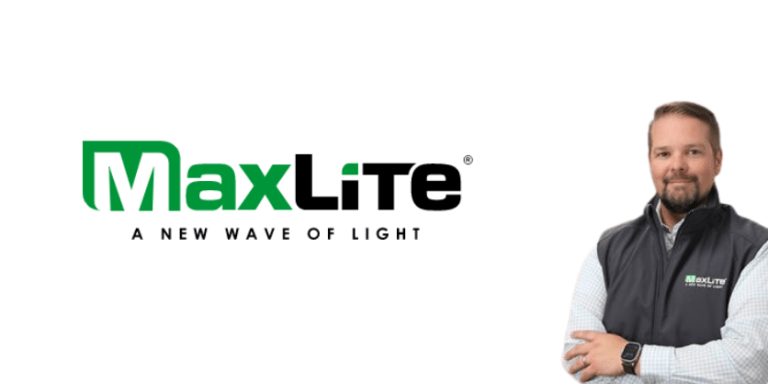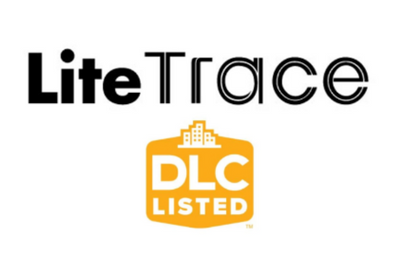DOE Releases 2020 U.S. Lighting Market Characterization Report: Key Insights and Trends

The 2020 U.S. Lighting Market Characterization (LMC) is the fourth report released by the U.S. Department of Energy’s Solid-State Lighting (SSL) Program, with the previous one based on 2015 data. These reports provide estimates of the installed stock and energy use of general illumination lighting products in the U.S., aiming to support effective DOE lighting research and development planning.
This report answers three main questions:
- How many lighting products of each technology were installed in the U.S. in 2020, and where?
- How much energy was consumed by light sources in 2020?
- How did U.S. lighting market characteristics change from 2015 to 2020?
The study categorizes lighting technologies into seven groups: incandescent, halogen, compact fluorescent (CFL), linear fluorescent, high-intensity discharge (HID), light-emitting diode (LED), and others. It evaluates 33 types of lighting products, detailing average wattage, operating hours, and total installed inventory.
In 2020, the residential sector dominated with 80% of all lighting installations (6.5 billion units), while the commercial sector had 1.6 billion units. Residential lighting accounted for 31% of energy consumption due to lower operating hours, whereas the commercial sector, with higher total light output and operating hours, consumed 69% of the 244 terawatt-hours (TWh) of electricity used for lighting. LED installations have significantly increased, now representing 48% of the installed base in both sectors. The report indicates that LED adoption is driven by decreasing costs, performance benefits, and efficiency incentive programs.
Read the report: 2020 U.S. Lighting Market Characterization | Department of Energy








